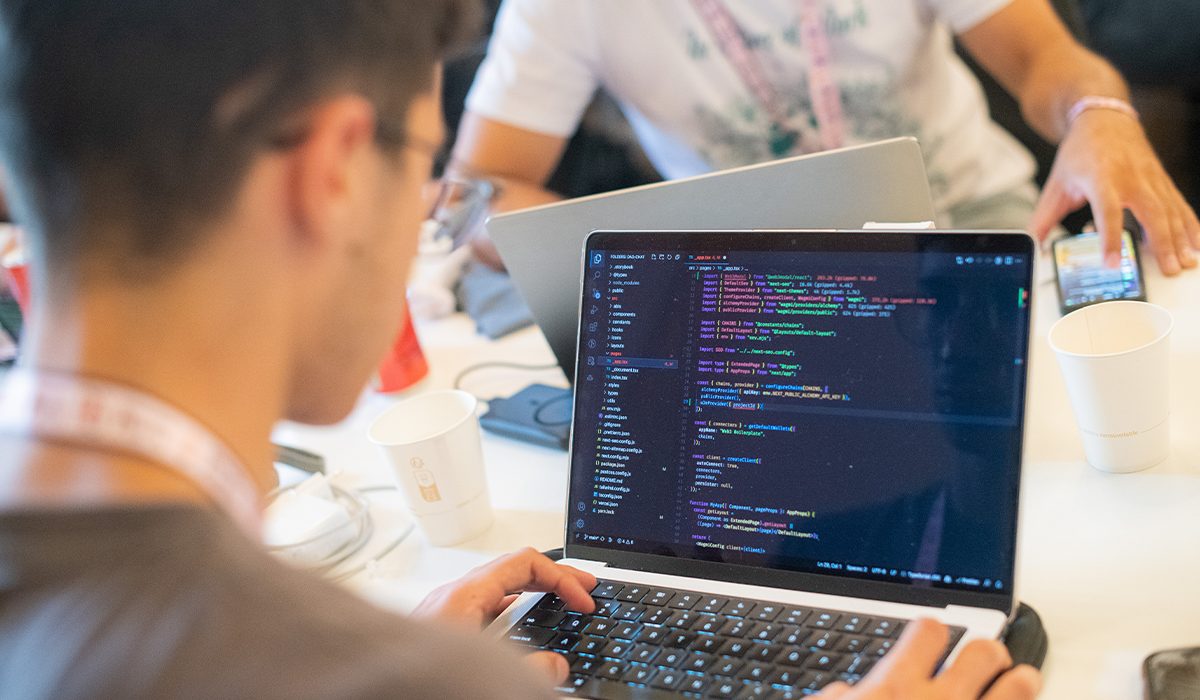Cybersecurity is perpetually in flux, driven by the relentless advance of technology. As we approach 2024, aspiring cybersecurity professionals must stay ahead of the curve.
Let’s dive into the evolving landscape of cybersecurity, highlighting new career paths, roles, and the specific skills set to be in high demand.
The Changing Cybersecurity Landscape
Let’s set a realistic scene: The digital world is expanding, and with it, the scope of cybersecurity. Traditional roles in network security and ethical hacking are evolving to encompass broader responsibilities. As cyber threats become more sophisticated, the need for advanced cybersecurity measures grows, opening doors to new, specialized career opportunities.
Preparing for 2024
Aspiring cybersecurity professionals should focus on specialized education and hands-on experience to prepare for these emerging roles. This could involve pursuing AI, blockchain, or IoT security certifications, participating in relevant workshops, and staying updated with the latest industry trends.
What are some emerging roles in Cybersecurity?
These roles were observed as the vanguard of our digital defense, evolving in response to the rapid technological advancements and the changing nature of cyber risks.
AI Security Specialists: With AI becoming ubiquitous in digital solutions, AI Security Specialists will be crucial. They’ll be responsible for developing security protocols to protect AI systems from tampering and ensuring ethical AI practices.
Blockchain Security Analysts: As blockchain technology gains traction in various sectors, from finance to supply chain, the demand for Blockchain Security Analysts will surge. These professionals will focus on securing blockchain networks and developing anti-fraud systems.
IoT Security Experts: The Internet of Things (IoT) connects countless devices, creating a vast network that requires robust security. IoT Security Experts will play a pivotal role in safeguarding these interconnected systems against cyber threats.
For students aspiring to a career in cybersecurity, ESiLV’s program offers an ideal launchpad. It prepares them not just for the current demands of the industry but equips them to adapt and thrive in the face of future technological evolutions. The program’s alignment with the anticipated roles and skills for 2024 positions its graduates at the forefront of cybersecurity innovation.
Skills for the future
This complexity necessitates a new set of skills tailored to the emerging challenges and technologies. Understanding and mastering these skills is paramount for those aiming to excel in cybersecurity. Let’s delve into the critical skills that will become the linchpins of success in the ever-evolving world of cybersecurity.
Advanced AI and Machine Learning Knowledge: Understanding AI and machine learning algorithms is crucial. This knowledge will enable professionals to anticipate and mitigate AI-specific vulnerabilities.
Blockchain Proficiency: Familiarity with blockchain technology and smart contracts will be essential. This includes understanding how to secure transactions and protect against blockchain-specific threats.
IoT Security Skills: Professionals must be adept at securing a diverse range of devices and understanding IoT networks’ unique challenges.
Finally, the major in computer security and cloud computing at ESiLV emphasizes developing skills that are pivotal for the future. It encompasses advanced AI and machine learning knowledge, blockchain proficiency, and IoT security skills, all of which are crucial for the cybersecurity landscape 2024. This educational foundation empowers students to navigate the complexities of cybersecurity in an increasingly digital world.
The cybersecurity landscape of 2024 will be markedly different from today. Aspiring cybersecurity professionals can position themselves at the forefront of this dynamic field by understanding and preparing for these emerging roles and skills.
Embracing continuous learning and staying adaptable will be key to thriving in the evolving world of cybersecurity.
This post was last modified on 7 December 2023 12:26 pm







